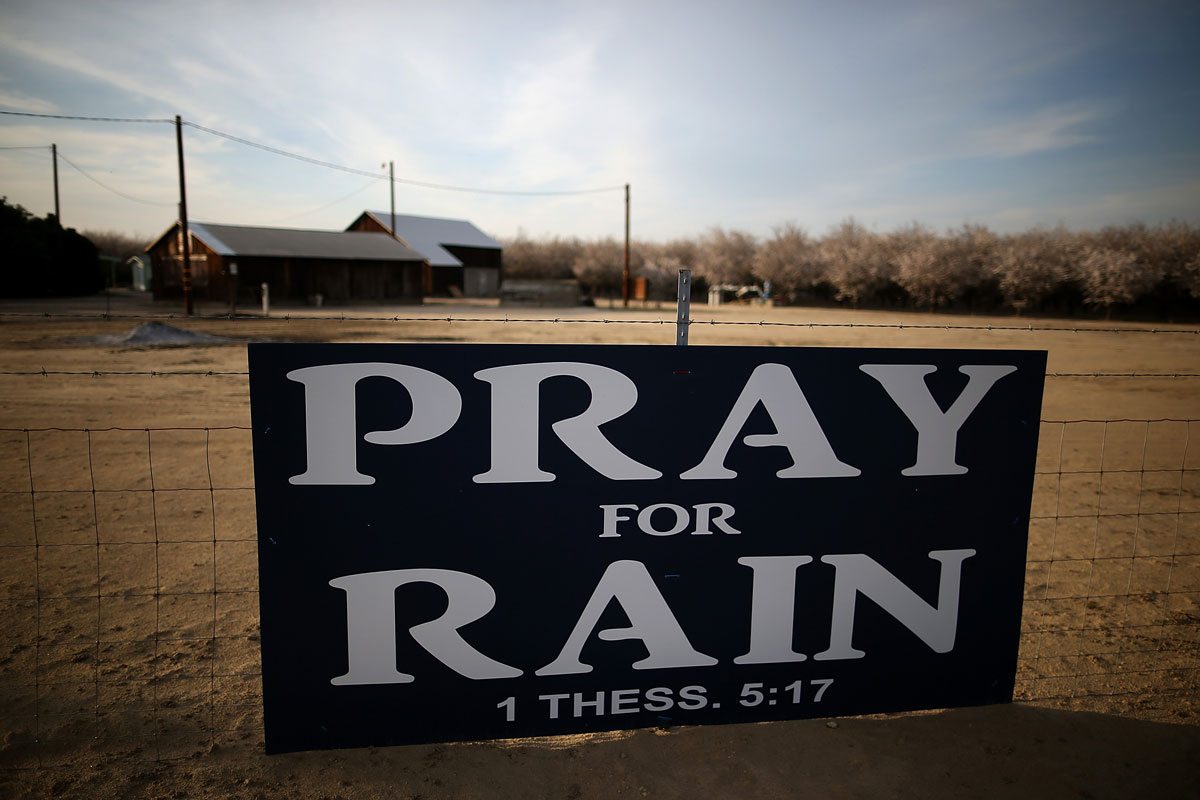Farmers facing the prospect of financial disaster amid a worsening drought across Western Canada are getting a helping hand from their banks.

Bank of Montreal and Royal Bank of Canada, two of the country’s biggest lenders who each hold billions of dollars in loans to agricultural customers, said Monday they’re prepared to waive fees, defer payments and help farmers attain additional credit should they need it.
“We are working with our clients to determine the impact of the weather on their individual operations and working with them to explore the options most suitable for their situation,” Andrew Block, a spokesman for RBC said in an email. “The options could include deferring payments, increasing credit facilities and restructuring existing debt.”
In a press release, BMO also announced what it’s calling a “financial relief program” for commercial agricultural customers.
“Across Western Canada, in particular Alberta and Saskatchewan, current drought conditions have the potential to negatively impact crop yields,” Steve Murphy, BMO’s head of commercial banking, said.
“While the impact of the drought will not be fully known until the crop harvest is complete this fall, we want to ensure our farmers in these affected regions have the financial support now to help alleviate any future challenges,” Murphy said.
Spokespeople for other big private lenders indicated on Monday that plans for similar relief measures were in the works but hadn’t been finalized.
Farmland boom
- Life in the forest: How Stanley Park’s longest resident survived a changing landscape
- Bird flu risk to humans an ‘enormous concern,’ WHO says. Here’s what to know
- Roll Up To Win? Tim Hortons says $55K boat win email was ‘human error’
- Election interference worse than government admits, rights coalition says
The banks’ willingness to provide financial relief to affected farmers underscores the depth of the drought and the potential economic damage on producers. Several areas across Alberta and Saskatchewan have been severely parched, with some places receiving less than 40 per cent of the normal rainfall since the start of April.
The hardship for farmers could be compounded even more by elevated debt loads being carried by some amid a record boom in farmland values in recent years.
MORE: Seeds of crisis? Historic farmland boom raises red flags
Since 2010, farmland values in Saskatchewan have doubled, while in Alberta they’ve climbed nearly 50 per cent, according to Farm Credit Canada (FCC), a Crown corporation that helps farmers get financing.
The country’s big banks make about a third of all farm loans, according to experts. The rest is provided by credit unions and FCC.
RBC has about $6 billion in loans out to farmers across the country, experts suggest, out of a total of $127 billion the bank has loaned out to commercial customers. To compare, that’s slight less than what RBC has leant out for commercial auto loans.
BMO’s agriculture loan book stands at $9.6 billion, bank documents show, out of a total of $143 billion in commercial loans.
For its part, Farm Credit Canada said on July 13 it would introduce relief efforts, as well.
“These kinds of extreme dry conditions, in some cases for the second year in a row, can cause financial challenges for farm operations – not to mention personal hardship and stress,” Michael Hoffort, the FCC’s CEO said.
“People need support and as a leader in financing to Canadian farmers, we have a unique responsibility to step up and help.”



Comments